Discovering that your RAID 1 array has stopped working can be a serious concern. Although RAID 1 is designed for redundancy by mirroring data across two drives, it is not foolproof. Drive faults, controller errors, or mistakes during a rebuild can all leave the array degraded or completely inaccessible.
The positive news is that RAID 1 recovery is often achievable. In some cases, a rebuild is enough to restore access, while in others more advanced recovery steps are required. This guide explains the typical causes of RAID 1 failure, what actions to take when your array stops functioning, and when calling in professional support is the safest choice.
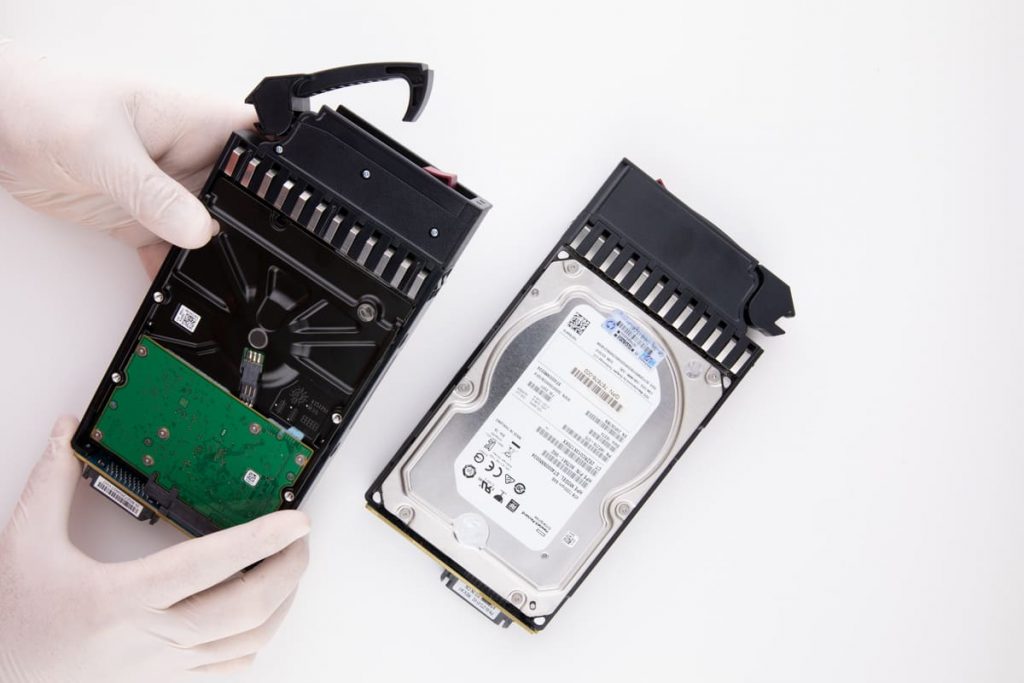
What Is RAID 1 and How Does It Work?
RAID 1 is one of the most common RAID levels due to its straightforward design and dependable performance. It mirrors your data across two drives, ensuring the same information is stored on both. If one drive fails, the other can still deliver data, keeping systems running.
How RAID 1 Stores Data
RAID 1 writes identical copies of each file to both drives. This mirroring ensures that if one disk develops a fault, the other contains an exact duplicate, reducing the immediate risk of data loss.
Why RAID 1 Is Considered Reliable
The built-in redundancy makes RAID 1 a popular choice where uptime and stability are critical. A single disk failure will not instantly compromise your data, giving you time to replace the faulty drive and restore protection.
The Limits of RAID 1 Protection
RAID 1 is not a guarantee against failure. Dual drive issues, controller corruption, or a failed rebuild can all leave data inaccessible. RAID also does not eliminate the need for regular backups.
RAID 1 is just one option within a wider family of RAID configurations. Each RAID level comes with distinct advantages and drawbacks. For a deeper comparison, see our full guide to different RAID types.
What Are the Common Causes of RAID 1 Failure?
Although RAID 1 is designed for redundancy, failures still occur. Typical causes include drive errors, controller issues, rebuild mistakes, or user error. Dual drive failures, firmware bugs, or incorrect replacements can all leave an array degraded or completely inaccessible.
Drive Failure or Bad Sectors
Disk failure is the most frequent cause of RAID 1 problems. If one drive develops bad sectors or stops working, the array enters a degraded state. Should the second drive encounter errors during rebuild, the entire RAID 1 setup can collapse, making RAID 1 recovery essential.
Controller or Firmware Issues
The RAID controller governs how drives operate together. A corrupted controller, a failed firmware update, or a power surge can cause otherwise healthy drives to appear faulty or corrupt array metadata, disrupting access.
Mistakes During Drive Replacement
Incorrectly replacing or hot-swapping a drive may confuse the controller. If the wrong disk is flagged as failed, the rebuild process might overwrite valid data, creating further loss.
Human Error and Misconfigurations
User mistakes such as accidental formatting, running a forced rebuild, or applying the wrong RAID configuration can complicate recovery and increase the risk of permanent data loss.
Drive age and workload also matter. Studies show that RAID reliability is heavily influenced by disk quality and usage patterns. For further insight, see our article on RAID failure rates.
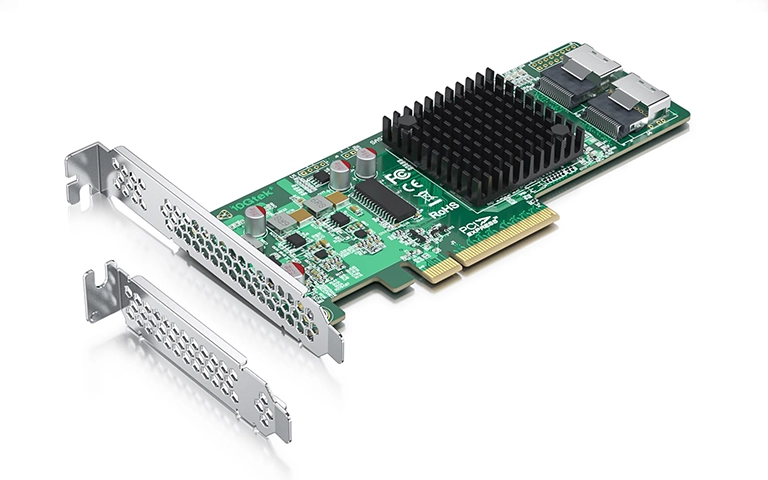
What Should You Do First When Your RAID 1 Stops Working?
If your RAID 1 array stops functioning, the most important step is to halt all activity immediately. Avoid writing any new data, review the RAID management logs, confirm which drive has failed, and never launch a forced rebuild unless you are absolutely certain of the situation. These precautions help protect your data from further damage and improve the chances of successful RAID 1 recovery.
Stop Using the Array
Every new write risks overwriting mirrored data, particularly if one of the drives is unstable. Power down the system until you fully understand the fault.
Check RAID Logs or Management Tools
Most systems provide monitoring software that reports on drive health. These logs can indicate whether the array is degraded, identify the failed drive, and reveal whether a rebuild has already been attempted.
Identify the Failed Drive Carefully
Before replacing anything, confirm exactly which disk has failed. Removing the wrong drive can cause the controller to misinterpret the healthy disk as faulty, which can destroy the array.
Avoid Forced Rebuilds
A forced rebuild can overwrite intact data with corrupted blocks. If you are uncertain, do not proceed. In most cases, professional RAID 1 recovery services are the safer and more reliable option.
How to Rebuild a RAID 1 Array Safely
Rebuilding a RAID 1 array involves replacing the failed drive and allowing the system to copy data from the healthy disk. The process is only safe when carried out carefully and if the surviving drive is still healthy. Attempting a rebuild on a failing disk can cause permanent data loss, so in uncertain cases, professional RAID 1 recovery is strongly advised.
Before You Begin
Confirm the RAID level – Ensure the setup is truly RAID 1 (mirroring), not another configuration.
Verify drive failure – Make certain that only one disk has failed. If both appear faulty, do not proceed.
Check the surviving drive – Assess the health of the working disk. If it shows errors, avoid a rebuild attempt.
Use a compatible replacement – Select a drive of the same size and type for the rebuild.
Avoid destructive options – Never choose commands such as Initialise or Create New Array, as these will wipe all data.
Step 1: Shut Down If Unsure
If you are not certain whether your system supports hot-swapping, safely power it down before handling the drives. This reduces the risk of controller errors or accidental damage.
Step 2: Remove the Failed Drive
Double-check which drive has failed before removing it. Pulling the wrong disk could erase the good copy. Label the failed drive and set it aside for possible recovery.
Step 3: Insert the New Drive
Install the replacement drive into the same slot as the failed one. Once the system is powered on, confirm that the RAID controller or management software recognises it.
Step 4: Start the Rebuild
NAS (Synology, QNAP, etc.) – Open Storage Manager, locate the degraded array, and select Repair.
Hardware RAID (Dell, HP, LSI, etc.) – Mark the new disk as a replacement and choose Rebuild.
Linux (mdadm) – Add the new disk with mdadm –manage /dev/md0 –add /dev/sdX and monitor rebuild progress.
Step 5: Monitor the Rebuild
Keep track of rebuild percentage and check system logs. If the healthy drive begins showing errors or unusual noises, stop immediately and seek expert RAID 1 recovery services.
Step 6: Confirm the Result
Once the rebuild is complete, verify that the RAID status shows Healthy or Optimal. Test several files to confirm data accessibility.
Step 7: Keep Your RAID 1 Healthy
Run regular drive health checks.
Keep a spare disk available for emergencies.
Always maintain separate backups — RAID 1 provides redundancy, but it is not a substitute for a true backup strategy.
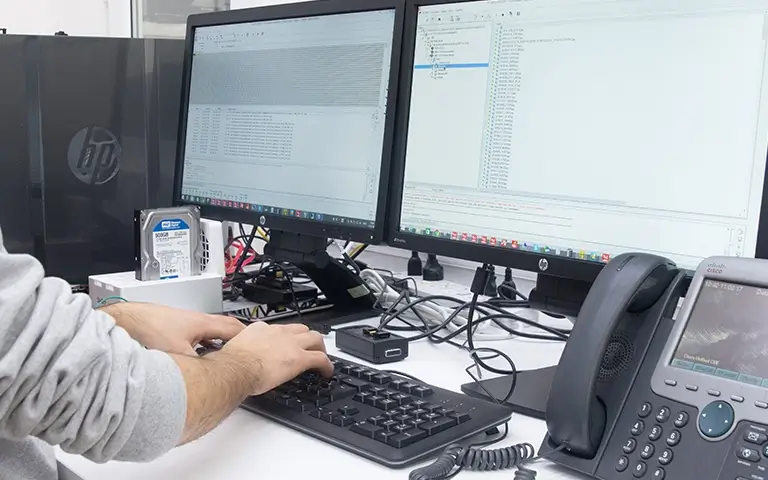
When to Seek Professional RAID 1 Recovery
Not every RAID 1 failure can be solved with a straightforward rebuild. Attempting to repair the array yourself in complex situations often increases the risk of permanent data loss.
Situations Where Expert Help Is Essential
Both drives display errors or have failed.
The surviving disk makes clicking, grinding, or other unusual noises.
The controller misidentifies drives or flags multiple failures.
A rebuild begins but stalls, fails, or produces repeated errors.
The array has been accidentally initialised, reformatted, or misconfigured.
In these scenarios, professional RAID 1 recovery specialists can safely clone the drives, repair firmware or controller issues, and extract data within a controlled environment. This approach prevents further corruption and maximises the chances of a successful recovery.
Fast turnaround times for business-critical data
How Professionals Handle RAID 1 Recovery
When a standard rebuild is not possible, data recovery specialists apply controlled methods to protect and restore your data. This often involves:
Imaging each drive to preserve the remaining data.
Repairing controller or firmware faults that prevent access.
Extracting files from healthy sectors while isolating damaged areas.
Performing a controlled rebuild in a secure laboratory environment.
Professional RAID 1 recovery ensures that every action is taken to minimise risk and maximise the chances of a full data recovery.
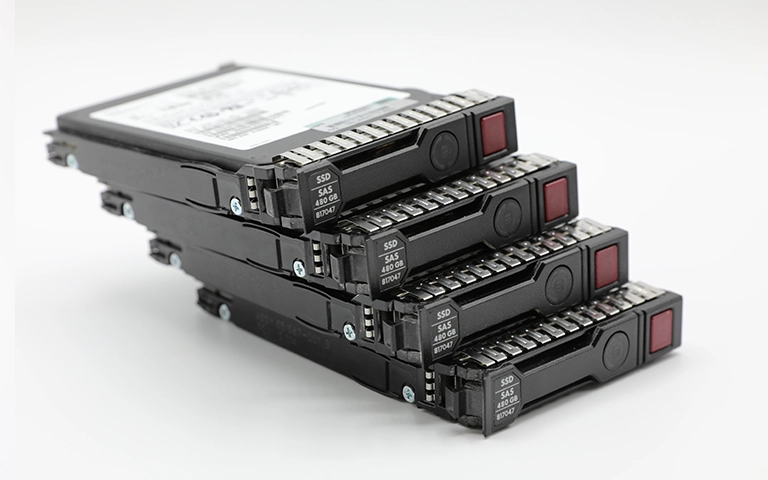
How to Prevent RAID 1 Failures in the Future
Although RAID 1 provides redundancy, it still requires proactive care to remain reliable. Following good maintenance practices will reduce the risk of failure and the need for RAID 1 recovery.
Monitor drive health – Use SMART checks or dedicated monitoring tools to spot early warning signs.
Choose enterprise-grade drives – Select disks built for 24/7 operation rather than consumer models.
Run consistency checks or scrubs – If your system supports them, schedule these to detect hidden errors.
Keep separate backups – Remember, RAID is not a backup strategy; always store copies outside the array.
Replace ageing drives early – Swap out disks proactively rather than waiting for a failure.
Conclusion
RAID 1 is widely chosen for its resilience, but no array is completely fail-proof. A single drive failure can often be resolved with a controlled rebuild. However, mistakes, controller faults, or multiple drive failures can quickly result in data loss.
If your RAID 1 array has stopped working, proceed with caution. Follow safe rebuild practices, avoid forced repairs, and know when to stop. When uncertainty arises, professional RAID 1 recovery offers the highest chance of retrieving your data securely.
Need urgent help with a RAID 1 failure? Contact RAID Recovery Services today for expert assessment and safe, reliable recovery.
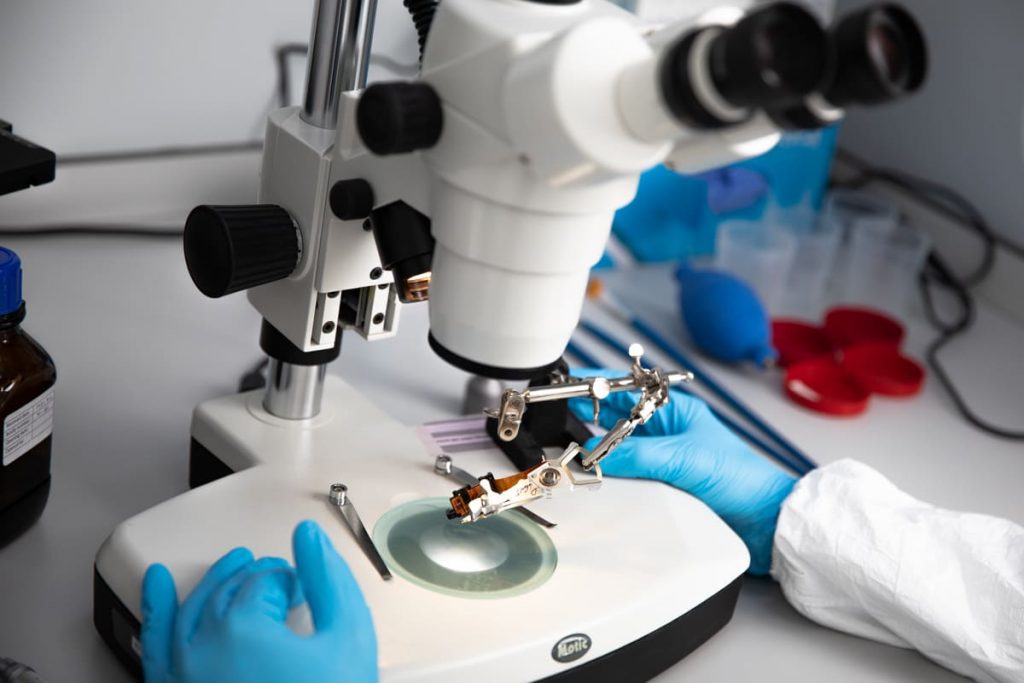
Trust the experts with proven results